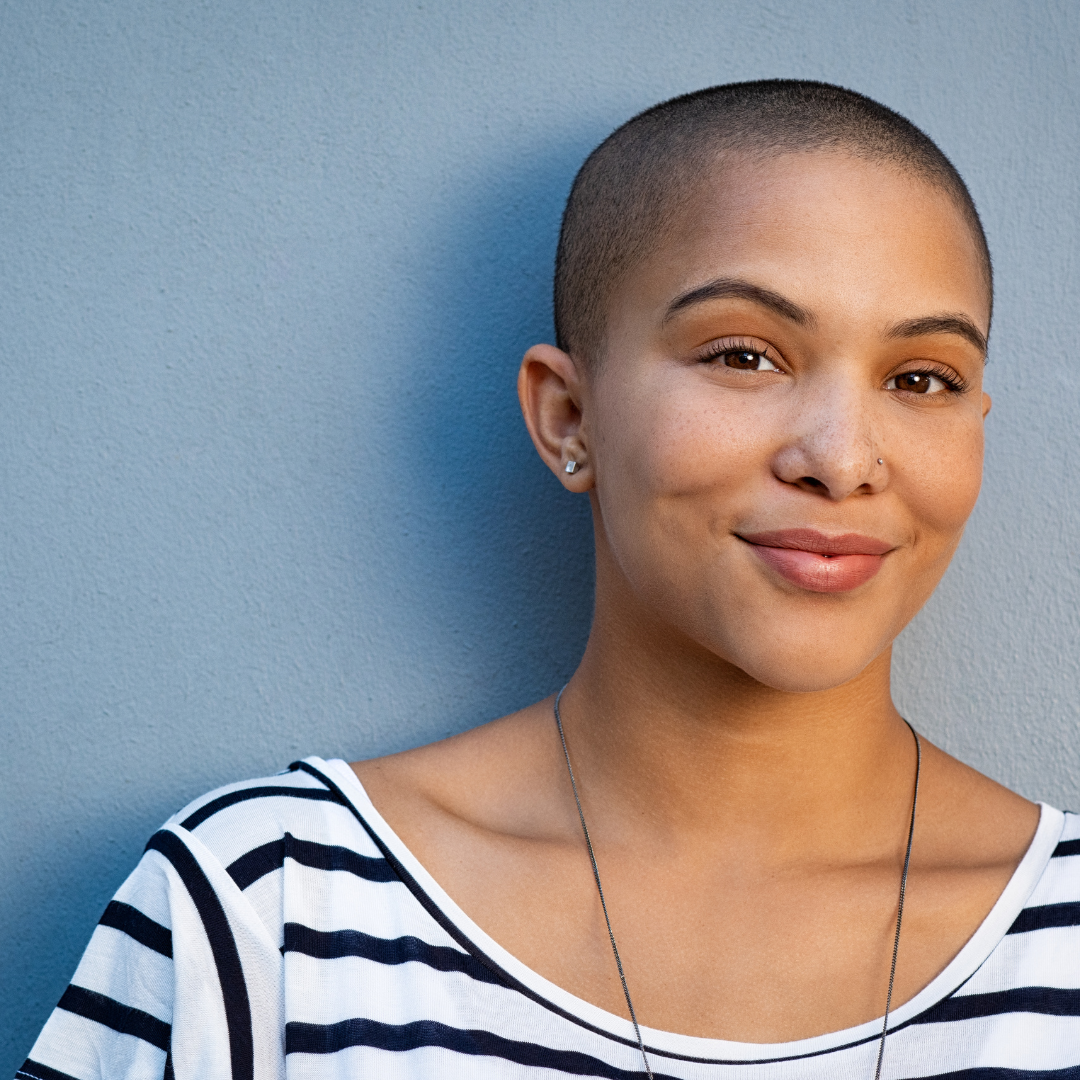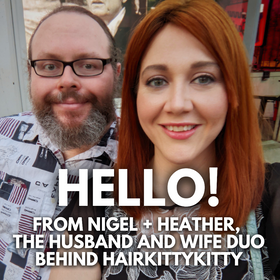
The Myth of One-Size-Fits-All Beauty: A Deep Dive into Individual Aesthetics
Challenging the Norm
The concept of beauty has been a subject of fascination and debate for centuries. However, the notion that beauty can be universally defined or standardized is not only outdated but also fundamentally flawed. This blog post aims to dismantle the myth of one-size-fits-all beauty and explore the rich tapestry of individual aesthetics that make each of us uniquely attractive.
Section 1: The Origins of the Beauty Standard
Historical Context
Throughout history, beauty standards have shifted dramatically, influenced by cultural, social, and economic factors. From the curvaceous figures celebrated in Renaissance art to the waifish silhouettes of the '90s, what is considered beautiful has always been in flux.
Media Influence
The media has played a significant role in perpetuating certain beauty ideals. Whether it's the Hollywood starlet or the Instagram influencer, these public figures often become the yardstick against which ordinary people measure their own beauty.
Section 2: The Dangers of a Singular Beauty Standard
Psychological Impact
The belief in a universal beauty standard can lead to a host of psychological issues, including low self-esteem and body dysmorphia. The pressure to conform can be overwhelming, particularly for young people navigating their formative years.
Cultural Erasure
A one-size-fits-all approach to beauty often marginalizes individuals who do not fit the mold, leading to a lack of representation for diverse body types, skin tones, and features. This can result in the erasure of cultural identities and heritage.
Section 3: The Rise of Individual Aesthetics
Personalized Beauty
The 21st century has seen a shift towards a more inclusive and personalized approach to beauty. With the advent of social media, people now have platforms to express their unique styles and aesthetics, challenging the traditional norms.
The Role of Technology
Advancements in technology, particularly in the beauty and fashion industries, have made it easier for individuals to tailor their appearances according to their personal preferences. From customizable skincare routines to 3D-printed clothing, the options are endless.
Section 4: The Psychology of Attraction
Beyond Physicality
While physical attributes are often the most obvious markers of beauty, attraction is a complex interplay of factors, including personality, intelligence, and even pheromones. This further debunks the idea that beauty can be standardized.
The Halo Effect
The psychological phenomenon known as the "halo effect" posits that our perception of beauty is influenced by our overall impression of a person. This means that attributes like kindness, confidence, and humor can significantly impact how beautiful someone appears to us.
Section 5: Celebrating Diversity
Representation Matters
The increasing representation of diverse beauty in media and advertising is a step in the right direction. Brands that embrace inclusivity not only resonate more with consumers but also contribute to a broader, more nuanced understanding of beauty.
The Power of Community
Online communities have become safe spaces for individuals to celebrate their unique beauty. Whether it's a forum for people with rare skin conditions or a social media group dedicated to unconventional fashion, these communities validate the idea that beauty is indeed diverse.
Section 6: Expert Opinions
Psychologists Weigh In
Leading psychologists affirm that the concept of universal beauty is not only outdated but also harmful. They advocate for a more holistic approach to beauty that considers a range of factors, including emotional and psychological well-being.
Industry Insiders
Professionals in the beauty and fashion industries are increasingly acknowledging the importance of individual aesthetics. Many are pushing for more inclusive practices, from diverse casting in fashion shows to broader shade ranges in cosmetics.
Conclusion: The Future of Beauty
The myth of one-size-fits-all beauty is gradually being dismantled, making way for a more inclusive and individualistic understanding of attractiveness. As society continues to evolve, it is crucial that we champion diversity in all its forms, recognizing that beauty is a complex, multifaceted quality that cannot and should not be standardized.
By embracing our unique attributes and rejecting the narrow confines of traditional beauty standards, we not only enrich our own lives but also contribute to a more open, inclusive world. The future of beauty lies in the recognition and celebration of individual aesthetics, affirming once and for all that there is no such thing as one-size-fits-all beauty.










